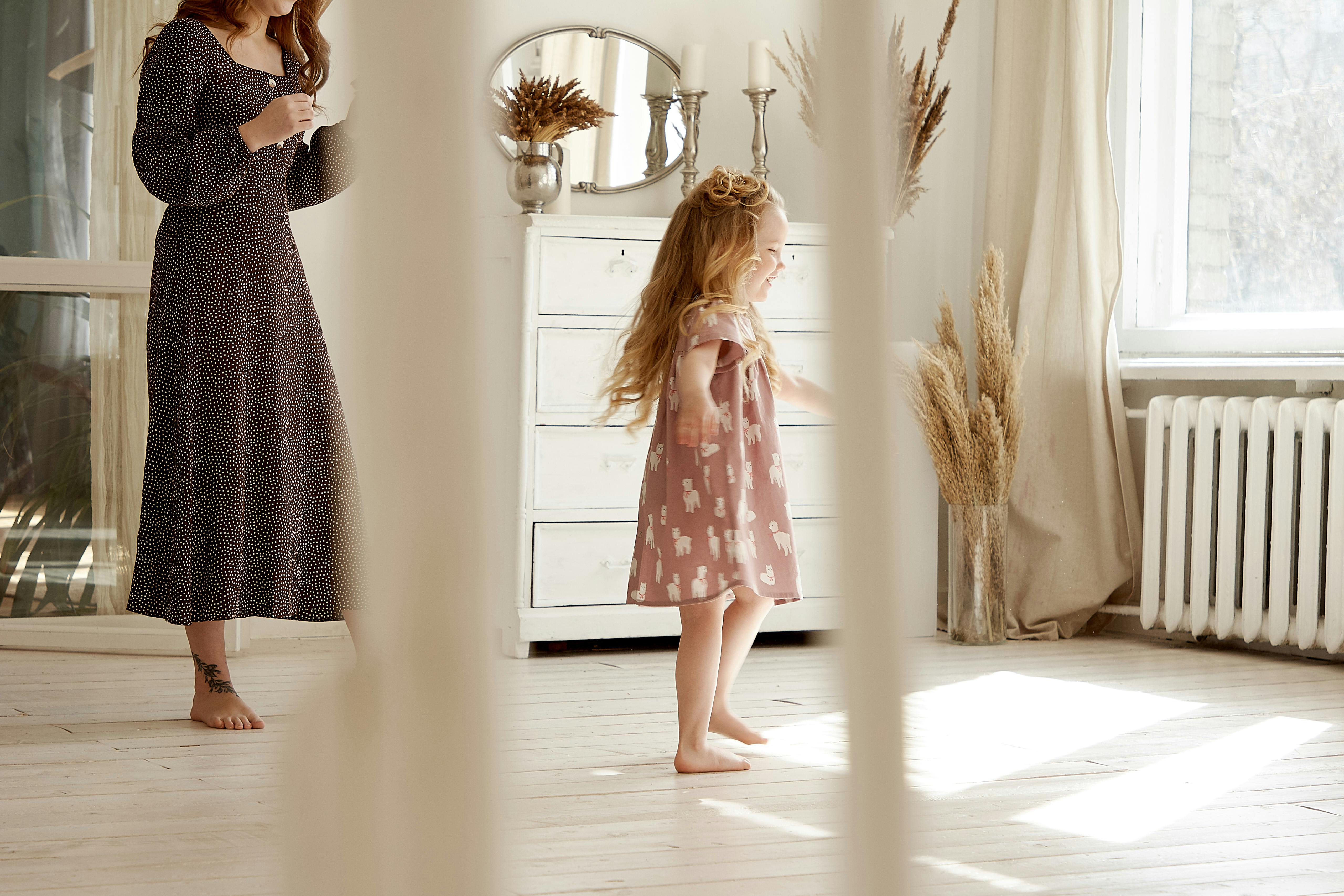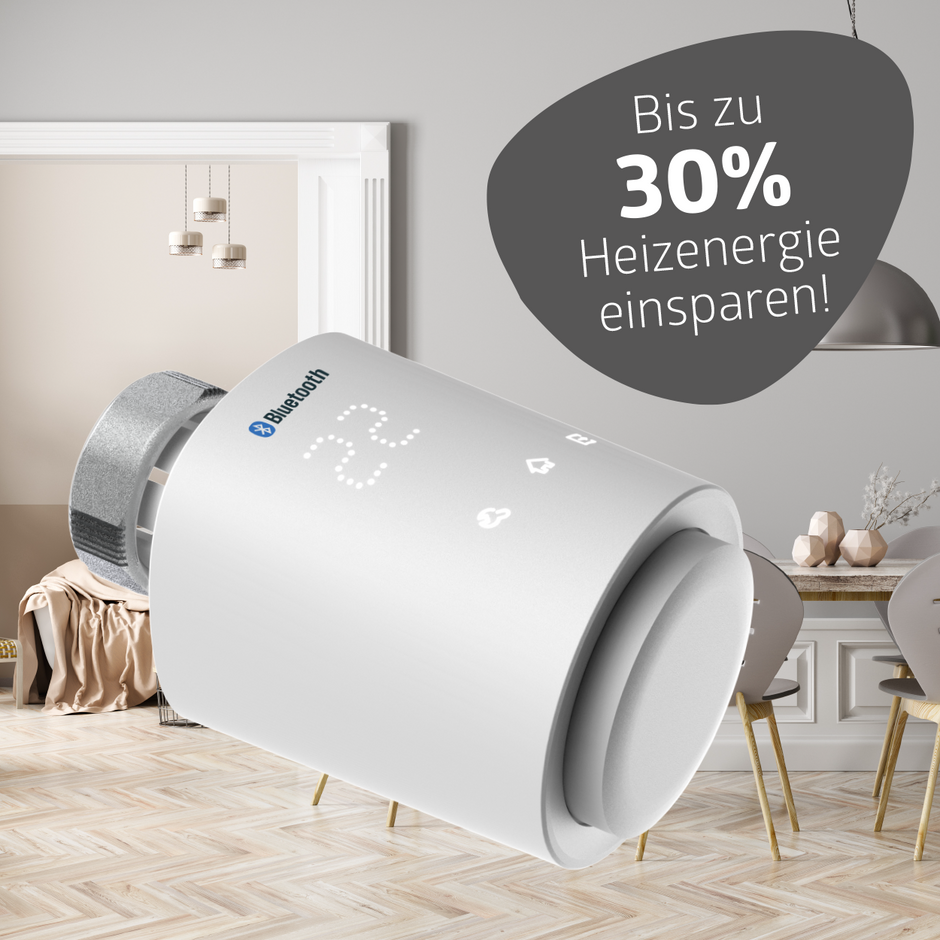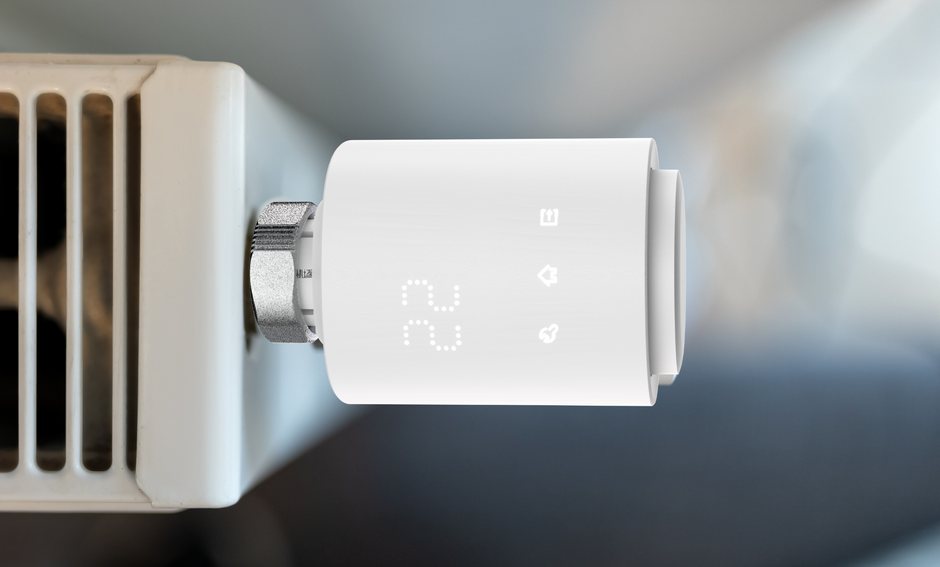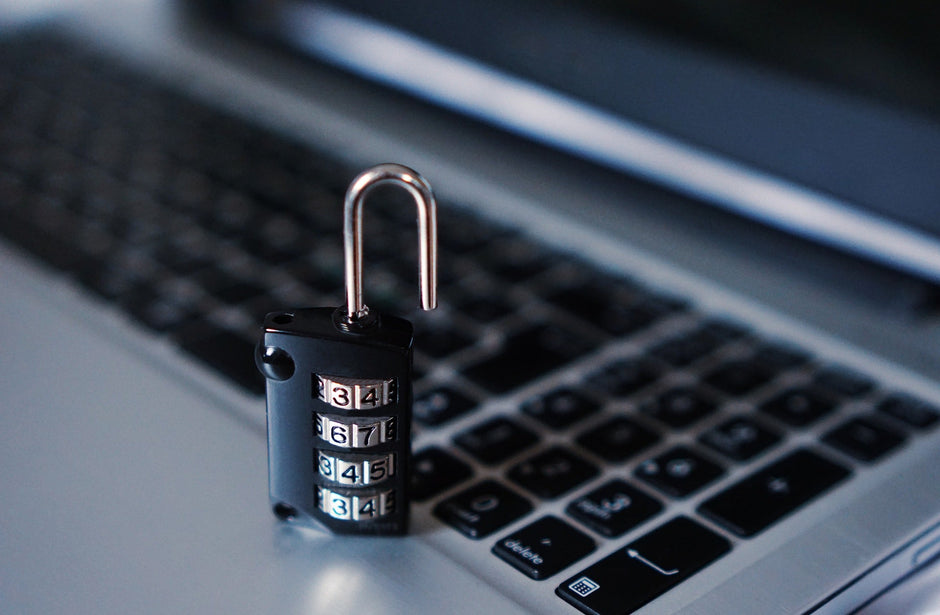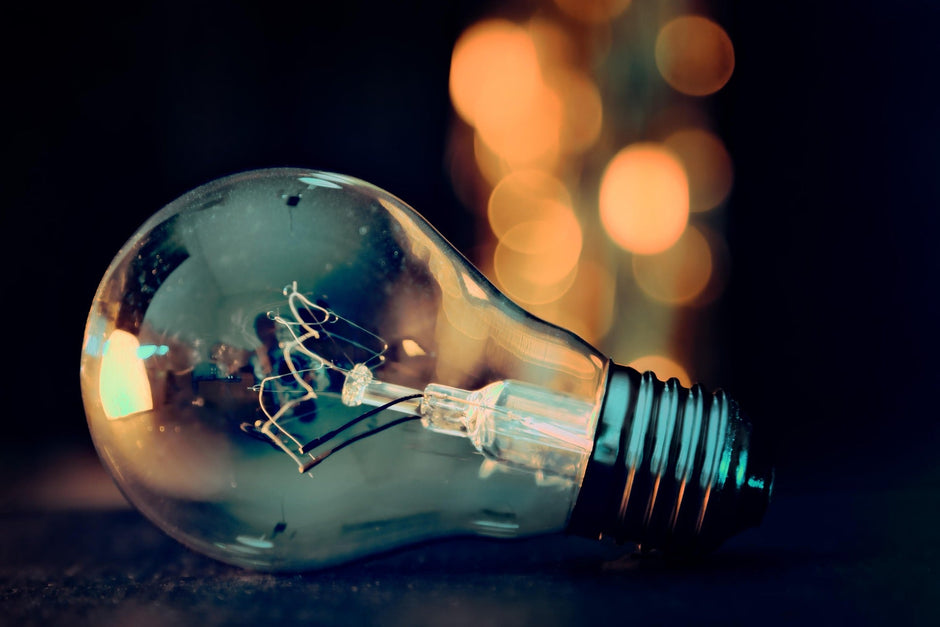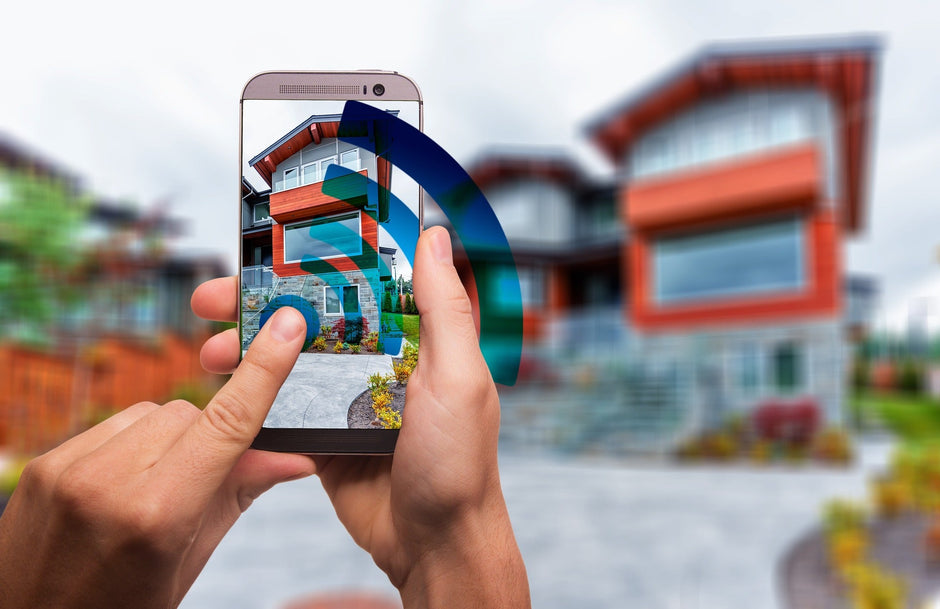In the digital age, everything is "smart": smartphones, smart TVs, smartwatches. Now, our own homes are following suit, transforming into smart homes with connected devices and state-of-the-art home technology. But what exactly is a smart home? Why is it smart, and what benefits does it offer its owners? Learn more about the topic in this practical guide for beginners. Find out about smart home systems, as well as the concerns and problems associated with the technology. At the end of this article, you can also take a look into the future and receive practical tips for your own smart home.
Smart Home – what is it?
Yes, you've heard of it: Most online users in Germany are familiar with the term Smart Home. This is confirmed by a recent Study by the Federal Association of Digital Economy e. V. (BVDW). The participants surveyed there are even familiar with various smart home applications, such as networked household and surveillance devices, entertainment electronics, and voice assistants such as Siri, Alexa, and others. These applications offer their users greater comfort and well-being within their own four walls, and with surveillance electronics, they ensure greater security both indoors and outdoors in houses and apartments. Certain systems and products even help save energy for heating or lighting and protect the environment. And some devices and sensors are simply a joy to use. According to a recent study by the management consultancy Deloitte Only 16 percent of Germans use a smart home system that enables all this. But the trend is increasing: almost a quarter of the BVWD respondents In the association's study, it states that it intends to use smart home applications in the future. So, will our refrigerators soon order milk automatically when it runs out? The answer is: maybe someday. But there's still quite a long way to go before that happens.
So let’s ask again: What is a smart home today?
A smart home is a house or apartment in which sensors, devices, and technical solutions can be centrally controlled and interact with one another via a platform. The first "smart home" is located near Munich. Designed in 2001 by architects for the Federal Garden Show and equipped with intelligent electronic control modules by the renowned Fraunhofer Institute, it marked the first dawn of an era of visionary building technology. The Fraunhofer inHaus Center in Duisburg, an innovation workshop for intelligent room systems, had already developed modern smart home scenarios with numerous manufacturers. In the Munich project house, all electronic processes could then be centrally controlled – via a central control unit. All commands to the connected systems were sent via this central station. In other words, these are precisely the functions that the so-called base or docking station performs in modern smart homes today.
The smart home is no longer reserved for science alone: 16 percent of Germans at least one of the numerous smart home systems available on the market. And the trend is increasing!
What is a smart home system?
In addition to the central base station, which controls all electronic processes in the smart home via a smartphone app, there is additional hardware capable of collecting and processing data. This hardware is now extremely affordable, so anyone can put together their own smart home system. Available smart home hardware consists of switches, buttons, and sockets, for example, for automatically turning on lights as soon as someone enters the area monitored by motion detectors. This is practical if you feel an urgent need at 3 a.m. and your little ones' toys are once again in the way.
Also common are thermostats for heaters, which automatically control switching on and off without the user having to lift a finger. We'll explain exactly how this works here. Also very popular with consumers are intelligent alarm systems and remote- and time-controlled lights. Also on the rise, of course, are smart entertainment electronics and speakers, such as those offered by Sonos, which allow us to play the same music in every room. And, of course, other products for smart blinds, doors, windows, smoke detectors, and much more.
Most of these systems can now be controlled via a smartphone app. Touch control is the simplest option. However, there are also initial solutions that can be controlled using voice alone, or external control elements developed specifically for certain smart home solutions.
Smart home systems – assemble yourself or buy a combination?
For beginners who don't want to assemble every single device or switch themselves, there are practical starter sets that include a base station and the basic hardware for one to four rooms in a smart home. These combination sets are often also the more affordable option compared to individually assembled and purchased products.
Practical smart home combos for comfort, security and energy saving
Some smart home providers combine a kind of "best of" all available products for comfort, heating and lighting scenarios, energy saving, and security in one app. The control system is based on sensors that automatically collect data and process and execute it according to the app's settings.
Smart speakers and digital voice assistants on everyone's lips
A hot trend in the smart home market is digital voice assistants and smart speakers such as Google Alexa, Apple Siri, or Amazon Echo. The 2018 Smart Home Study by Deloitte revealed that 13 percent of all German households already have such a tool, chatting with their owners. Upon request, they can check the current weather forecast, turn up the heating, or turn on the lights. This machine-human interaction is based on commands or specific audio signals. These are recognized and executed by the self-learning assistants using artificial intelligence and speech recognition.
Users and voice assistants do not always speak the same language: an 85-year-old Italian-American woman communicates for the first time with her grandchildren's smart speaker – with hands, feet and, finally, successfully, by voice
Brave new world: What does the future of the smart home look like?
There are many exciting new technologies in the smart home sector – voice is just one of the promising trends. Wouldn't it also be great if the underfloor heating always provided the comfortable temperature at the right time and also saved energy in other ways? The topic of sustainability is playing an increasingly important role in expandable smart home systems: Linking your own solar power system with the smart devices in the house would be conceivable. Additional services such as emergency calls for seniors or a security service that is automatically called if strangers gain access to the house – all of this, however, is largely a distant prospect or requires seamless integration of sensors and devices as well as consistent compatibility. And you should definitely check these thoroughly before purchasing smart home systems or have them checked. Otherwise, you could be in for some nasty surprises if you retrofit them later. The question is also how willing consumers are to transform their homes into smart homes. There are many practical ideas, especially from the big data companies. Amazon, for example, is currently planning to use smart locks. These are intended to grant access to the house to authorized users after the homeowner has given their permission once. Amazon suppliers or parcel couriers could then deliver and pick up goods at any time. The advantage: No more yellow notes in the mailbox stating that you can only pick up your parcel at the nearest post office on Saturdays after 2 p.m. The disadvantage: You are granting complete strangers from a large data company access to the "holy of holies." According to a Deloitte study, this idea has so far only been implemented in Germany. 4 percent of all Smart Home users, but the test run in America was successful.
Smart home = transparent resident? The tiresome data issue.
Many people currently considering smart homes have concerns about the unauthorized use of their data. The issue of data protection and security is a concern for many. This fear is particularly high regarding the new voice assistants and the possibility that they secretly collect data about their users to profit from it for the manufacturer. Nobody wants to become a transparent customer. However, external access, e.g., through hacker attacks, is also a concern for over a third of respondents in a recent study by gebäudedigital.de A completely realistic scenario. However, the fact remains: without data, there are no smart devices; without smart devices, there is no smart home. Because that is based on and functions only with the data of its residents.
Reputable providers therefore convince their customers by offering anonymized user accounts and operating cloud servers within Germany. These are therefore subject to European data protection regulations. This means that data cannot be transferred abroad, where data protection may not be regulated. High-level encryption throughout all communication channels in a smart home should be a given.
And how exactly does this work with the smart home? We'll show you this again here in a very clear way.


